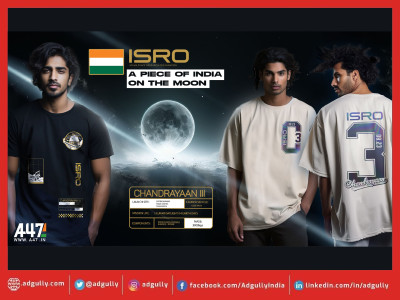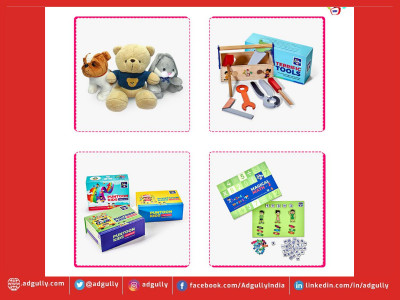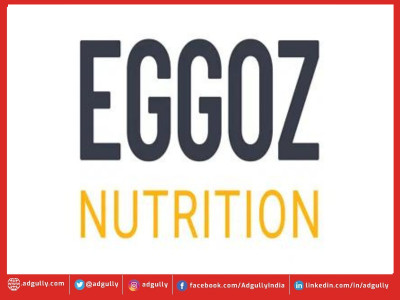D2C Vs Marketplace:The Effective Personal Care Brands during Festive Sale
Authored by Sneha Tekriwal, Category Head - Skin and Hair, OZiva
It is that time of the year when the festival season takes over the country. While customers throng to their favorite ecommerce websites and portals to shop till their heart’s content, the festive shopping season is also the perfect time for companies to accelerate their marketing objectives. Brands must optimize the Festive sales period to bolster customer acquisition and revenue generation.
It has been noticed that personal care brands are increasingly leveraging digital marketplaces to acquire new customers. This is primarily because marketplaces have access to existing customers who may have not shopped from a particular brand yet. Moreover, these brands can spend enormous amounts on marketing costs in an attempt to gain new customers on their platforms as well.
For D2C platforms, success stems from enhancing short bursts of sales, experimenting with newer offers and making sure this is conducted post the festive time on Marketplaces to counter the reduction in daily revenue rates one sees post sale months on these platforms.
With respect to the personal care industry as a market, it has been witnessed that logistics and marketing costs are usually high while the Average Selling Prices are less. This makes it imperative to curb the dependence on D2C particularly during Festive Sale season lest the Average Order values are increased.
In the last 10 years, the Ecommerce has witnessed a meteoric rise. The pandemic has inadvertently transformed the business dynamics across industries. This has led to all brands, whether big or small, to shift towards online business models. However, it was only a matter of time as brands realized the negative aspects of having to seek customers in online marketplaces.
The period between the months of August and December is inarguably the optimum time for orchestrating your sales plans as the abundant festivals across the country attract plenty of customers. This makes it the perfect time for all local, homegrown brands to put their strategies to test and permeate the D2C space.
While the benefits of being active on ecommerce marketplaces are far too many to dismiss, a number of brands have registered a stable growth in their D2C channels by attempting diverse customer acquisition approaches.
With several advantages that brands have witnessed through selling via D2C rather than ecommerce, brands can exercise absolute control over the business, simplify cost management, gain a clearer understanding of customer inclinations, and curtails marketing costs.
During the opening years, brands must focus on investing across marketing as acquisition costs are sky-high. Over a course of time, these costs tend to fall as the brand begins to carve an organic visibility and achieve a decent percentage of sales month on month which usually occurs through customer retention.
The benefit of marketing through ecommerce portals is the extensive visibility that a brand achieves while contending with hundreds of brands across multiple price ranges. Having a website at your command enables you to target a captive audience and the opportunity to interact with them to greater effect as compared to any ecommerce platform. It is prudent for small emerging businesses to leverage ecommerce as an ‘advertising medium’ that can assay an essential part in brand expansion.
DISCLAIMER: The views expressed are solely of the author and Adgully.com does not necessarily subscribe to it.
















Share
Facebook
YouTube
Tweet
Twitter
LinkedIn